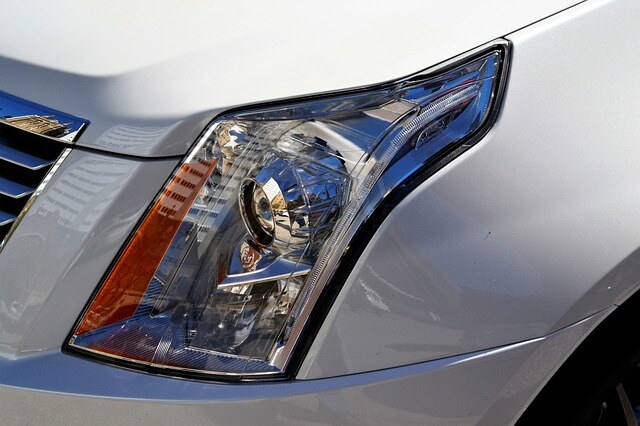TCO and its Impact on Procurement

“When should we replace our vehicles?”
It’s a common question amongst fleet operations and one that doesn’t always have a direct answer. While many variables can come into play, a large factor to consider is the total cost of ownership (TCO).
The hosts of “The Fleet Success Show” – RTA CEO Josh Turley, Fleet Hall of Famer Steve Saltzgiver, and former trucking executive Jeff Jenkins – weighed in on how TCO can impact vehicle procurement on a recent episode of the podcast.
What is Total Cost of Ownership?
Total cost of ownership (TCO) refers to the amount of money spent on a vehicle, including the cost to purchase it, its estimated residual value, and its ongoing operating and fixed costs. Some fixed costs can include insurance and administration fees, and operational costs may include fuel, tires, preventive maintenance, repairs, and more.
While you might focus on the initial price of acquiring the vehicle, its ongoing maintenance and operating costs can determine when it’s no longer cost-effective to keep the vehicle in your fleet.
As Steve said on the podcast, the goal of a fleet is to keep its costs flat and predictable.
“You’re trying to keep costs flat,” Steve said. “You want them to be predictable and avoid peaks and valleys.”
Measuring these costs will help you determine when a vehicle is getting too costly to operate, and when it should ultimately be replaced.
Steve said you want to be proactive in this process to avoid catastrophic failures. This puts you in the position where you either must completely rebuild the vehicle and start its lifecycle over, or you need to junk the vehicle and try to salvage or sell off parts to recoup some of the costs. The general rule of thumb is to replace an asset at its lowest TCO point. The lowest TCO during a life cycle is not absolute but graphing these costs will show a trough that may range between 1-3 years where the low point is relatively flat, as depicted in Figure 1.
Listen to Jeff explain how vehicle replacement can differ for trucking fleets.
Determine Asset Utilization
When calculating your TCO, you may notice that some vehicles are not being utilized. If you have a vehicle that is sitting in the parking lot, depreciating without being used, it can alert you that you might not even need that particular vehicle. This low-use phenomenon is quite common as vehicles age and drivers lose confidence in the asset’s reliability. Instead of replacing the asset when the TCO gets too high, you can consider other alternatives like seasonal use, pooling, renting, borrowing, or rideshare.
Buying Isn’t Always the Best Option
Steve said on the podcast that sometimes the worst thing you can do is buy a vehicle – especially if you’re not using it. Once you invest, lock, stock, and barrel in a vehicle it becomes a suck cost and is more challenging to recoup the TCO if the vehicle is not needed.
If you’re not using a lot of miles, you can get away with renting an asset or doing rideshare. In these cases where you have low-mileage needs, your last option should be buying the vehicle.
“Don’t buy it if you don’t need it,” Steve said.
Instead, Steve recommends looking at leasing a vehicle. It helps you avoid the depreciation of the asset, and it allows you to spread out the capital.
“You can either pay before you go [buy] or as you go [lease],” Steve said.
To learn more about TCO and when to replace your vehicles, listen to the full episode of “The Fleet Success Show” podcast.
